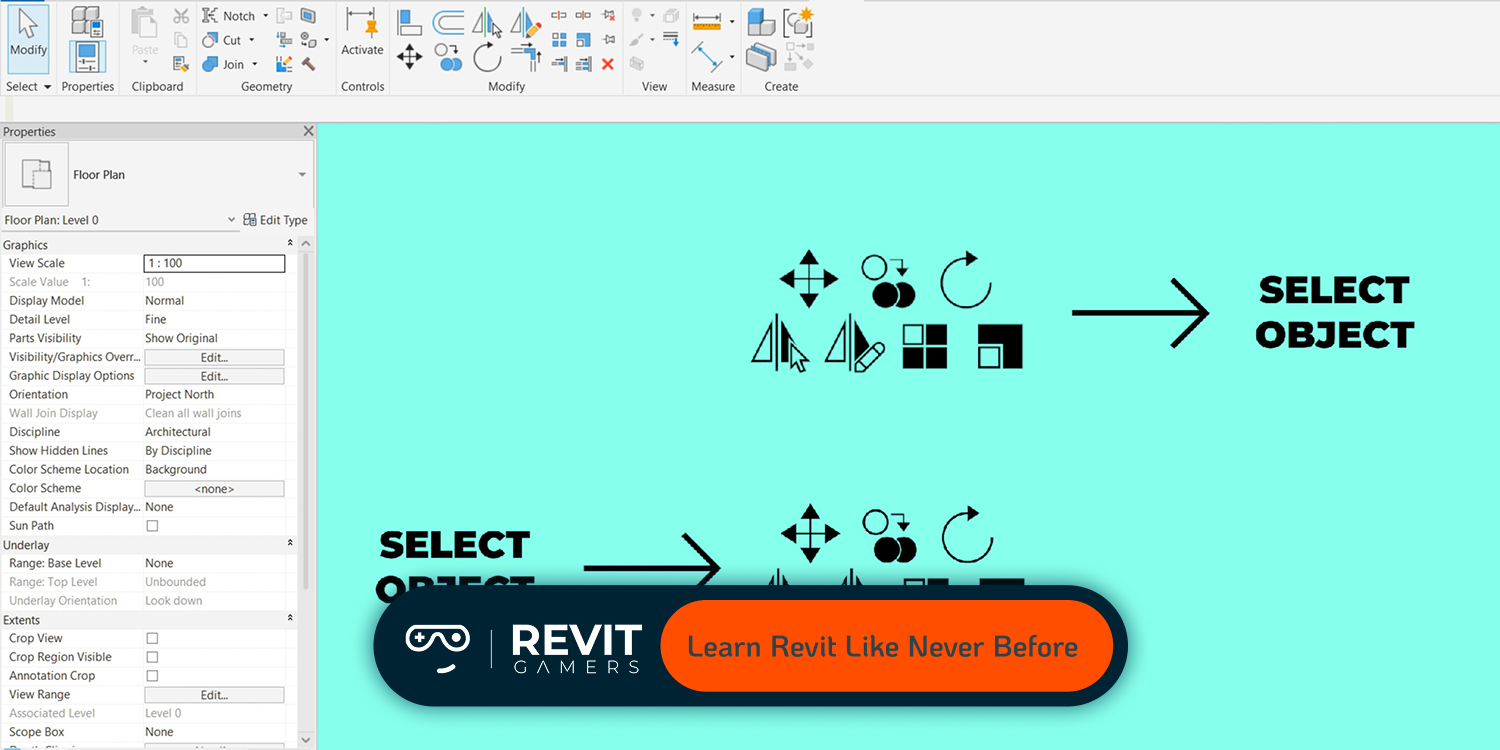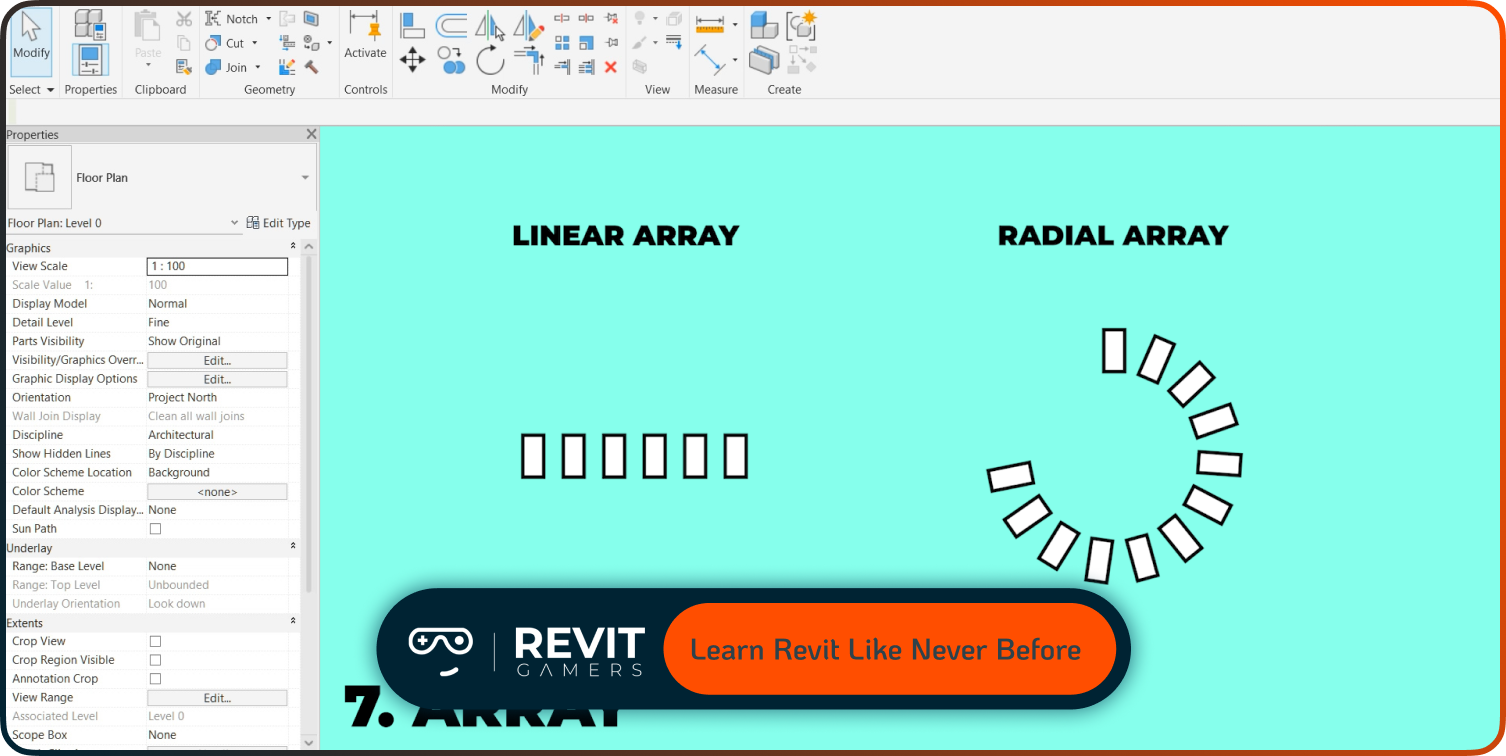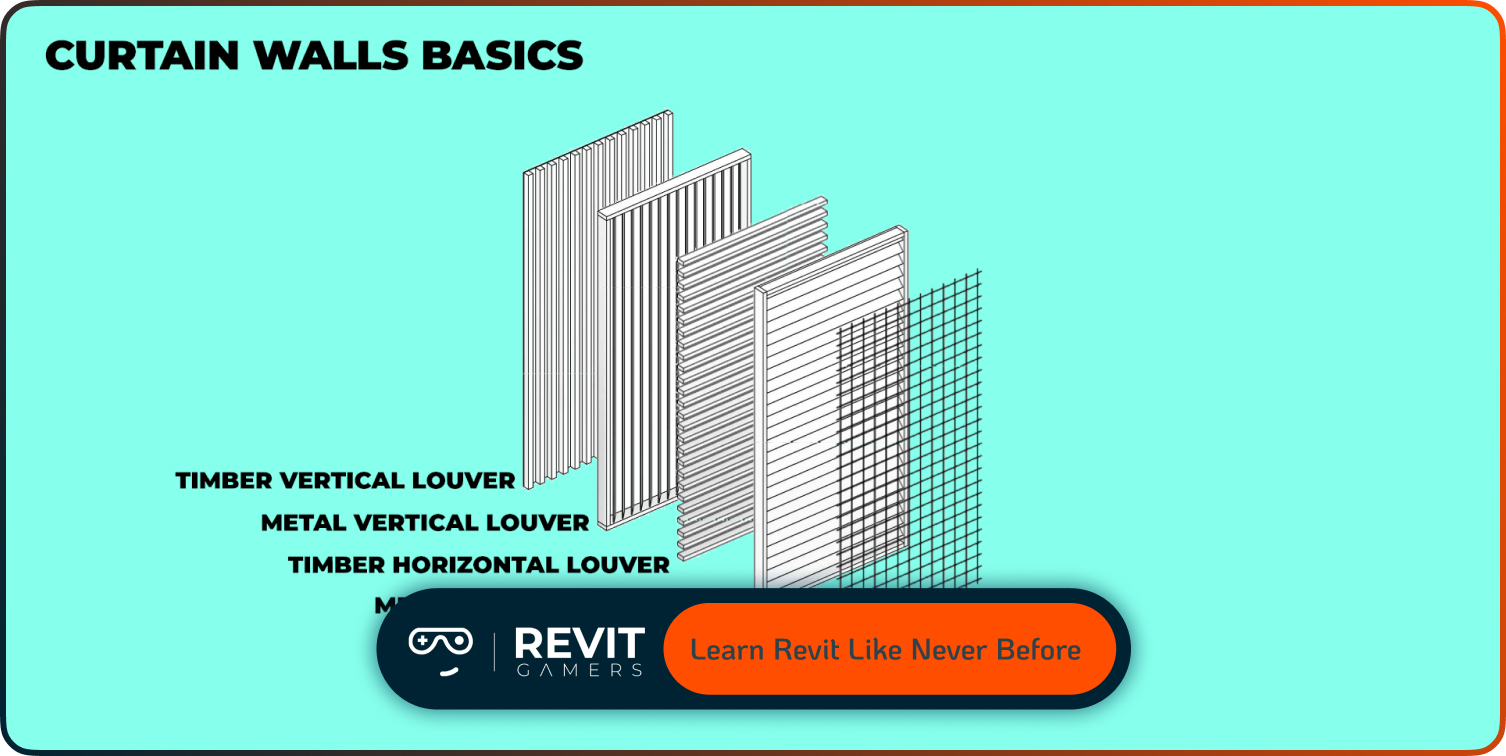News & Events
Learn Revit Online Free: Where to Start in 2025
- August 18, 2025
- Posted by: bita
- Category: blog Online Revit Course

The challenge is knowing where to start and how to build a structured learning plan that develops both technical skills and practical project experience. This guide focuses on the most relevant, accessible, and effective free learning paths for Revit in 2025, ensuring you get the same foundational knowledge as paid courses. Whether you’re a student, an industry newcomer, or a professional looking to upgrade your skill set, learning Revit online for free offers the flexibility to train at your own pace while building a strong portfolio. Let’s break down the options.
Learn more: Free Revit Tutorial: How to Get Started Today
Official Autodesk Free Resources You Can Trust
The most reliable starting point for anyone wanting to learn Revit online free is Autodesk’s official learning library. As the software developer, Autodesk provides up-to-date, version-specific training that aligns perfectly with industry standards. The Revit Quick Start Guide introduces you to interface navigation, view creation, and basic modeling commands.
The Introduction to Revit course goes deeper into creating levels, grids, and parametric components. Autodesk also offers free webinars, recorded sessions, and practice datasets so you can apply concepts immediately. Since these resources are maintained by Autodesk, they always reflect the latest software updates, ensuring you learn relevant workflows instead of outdated practices. Their structured progression—starting from beginner modules and advancing into discipline-specific content like architectural, structural, or MEP modeling—makes it easy to scale your skills as you progress. For beginners, pairing these official resources with consistent practice is the fastest way to develop a strong foundation in Revit without spending money.
Top Free Course from Coursera and University-Level Content
For learners who prefer an academic, curriculum-driven approach, BIM Fundamentals for Engineers on Coursera—created by National Taiwan University—offers a free-to-audit option that blends theory and practical exercises. While it’s not a Revit-only course, it provides the BIM framework that underpins effective Revit workflows, making it invaluable for long-term skill development. The course introduces you to project phases, collaboration principles, and data management strategies, all of which directly apply when using Revit in professional environments.
By understanding BIM concepts first, you’ll approach Revit modeling with a strategic mindset, not just as a drafting tool. University-level courses also tend to include assignments, peer discussion forums, and structured progression, ensuring that you reinforce each concept before moving on. Auditing for free means you won’t receive a certificate unless you pay, but the knowledge and project-based exercises are fully accessible. This makes it a perfect step for learners seeking both depth and structure while keeping costs at zero.
Learn more: Revit Project Examples: Practice Like a Pro
YouTube and Independent Platforms: Project-Based Learning for Beginners
One of the most engaging ways to learn Revit online free is through project-based tutorials available on YouTube and other independent platforms. Channels like freeCodeCamp host multi-hour beginner-friendly Revit courses that walk you through creating an actual project from scratch—covering walls, doors, windows, roofs, and annotation. This approach provides immediate application of skills, reinforcing what you’ve learned through repetition and real-world context. Independent educators also offer specialized videos focusing on topics such as parametric families, worksharing, or rendering in Revit, allowing you to explore advanced techniques at your own pace.
The advantage of YouTube-based learning is flexibility—you can pause, rewind, and rewatch difficult sections without pressure. However, it’s essential to follow a structured playlist rather than random videos to ensure steady progression. Combining this visual, hands-on approach with reading and reference materials creates a balanced learning path that keeps motivation high and skill retention strong.
Curated Free Learning Platforms (Udemy, Alison, Skillshare)
Several online learning platforms offer free Revit courses or trial periods that can be leveraged to gain solid skills without financial investment. Udemy, for example, has introductory courses like Basic Autodesk Revit Modeling ARC & STR (LOD 200) that occasionally run for free during promotions. Alison offers certificate-based training in Introduction to Revit Architecture and Advanced Revit Techniques at no cost, making it an attractive option for learners seeking documented proof of skills.
Skillshare provides a 1-month free trial that can be used to complete beginner-to-intermediate Revit courses within the trial window. While these platforms sometimes mix free and paid content, their beginner courses often cover essential skills like model setup, component placement, and sheet creation. To maximize value, plan your learning schedule so you can complete as many relevant modules as possible during free-access periods. These curated platforms offer variety, structure, and in some cases, certificates that enhance your professional profile.
Learn more: best pyRevit tools :Top 7 pyRevit Tools That Will Save You Time
Dedicated Free Hub: “Learning Revit Online” Initiative
The Learning Revit Online initiative is a specialized hub designed entirely for self-paced Revit education. It offers a complete beginner curriculum, downloadable practice files, and clearly defined learning tracks for architectural, structural, and MEP disciplines. Unlike generic e-learning sites, this platform is solely focused on Revit, meaning every tutorial, tip, and resource is directly relevant. Lessons are organized into progressive modules—from interface basics and project setup to creating custom families and advanced detailing.
The inclusion of downloadable datasets allows learners to replicate examples exactly, ensuring hands-on practice mirrors professional workflows. The platform’s blog also shares articles on productivity tips, best practices, and common modeling pitfalls to avoid. For those serious about mastering Revit without spending money, Learning Revit Online provides the depth and specialization often missing from general-purpose learning sites, making it an invaluable addition to any self-study plan in 2025.
Comparing Free Options: Strengths & Best Use Cases
Choosing the right mix of resources depends on your learning style, schedule, and career goals. Official Autodesk resources provide the most accurate, up-to-date instruction—perfect for those who want a foundation built on industry standards. Coursera’s university-level courses offer structured, theory-backed training ideal for learners who value academic rigor.
YouTube and independent platforms excel in hands-on, visual learning for those who prefer to learn by doing. Platforms like Udemy, Alison, and Skillshare combine structured content with certificates, making them a good choice for enhancing a résumé. Specialized hubs like Learning Revit Online deliver focused, discipline-specific mastery. The most effective approach is hybrid: start with Autodesk for fundamentals, use YouTube for practical application, add Coursera for BIM theory, and finish with platform-based or hub-based content to specialize. By matching resources to learning objectives, you can build a personalized, zero-cost learning plan that’s both comprehensive and efficient.
Learn more: Revit file too big: Why Is Your Revit File So Heavy? How to Optimize It
How to Build Your Learning Plan with Free Resources
A strategic approach to learn Revit online free ensures steady progress without feeling overwhelmed. Start with Autodesk’s Quick Start Guide to grasp the interface and basic commands. Next, follow a YouTube project-based playlist to practice creating a complete model. Once you’re comfortable with basics, take Coursera’s BIM Fundamentals to understand the methodology behind your modeling decisions.
Supplement this with Alison or Udemy beginner courses to strengthen skills in specific areas, like creating parametric families or managing views and sheets. Dedicate at least 5–7 hours per week, dividing your time between watching lessons, practicing in Revit, and reviewing notes. Set small milestones, such as completing your first fully documented project within two months. Use free community forums and Revit-specific subreddits for feedback and problem-solving. This structured plan ensures you build technical proficiency, understand the underlying BIM principles, and maintain motivation throughout your learning journey.
Learn more: Revit 2026 New Features – What’s New in Revit 2026
Conclusion: Start Learning Revit Today, Without Spending a Dime
Learning Revit in 2025 doesn’t require a budget—it requires commitment, a clear plan, and the right free resources. With official Autodesk courses, university-level content, hands-on YouTube projects, and platform-based free trials, the tools for mastery are already at your fingertips. The key to success is combining these resources in a way that balances foundational skills, theoretical understanding, and practical application.
By following the roadmap outlined here, you can gain industry-ready Revit skills entirely for free, positioning yourself for opportunities in architecture, engineering, and construction. Whether you aim to join a design firm, manage BIM workflows, or work as a freelance modeler, starting today means you’ll be ready to tackle professional projects sooner. The only investment needed is your time—and with the right approach, that time will translate into career-changing expertise in one of the most in-demand software tools in the AEC industry.



